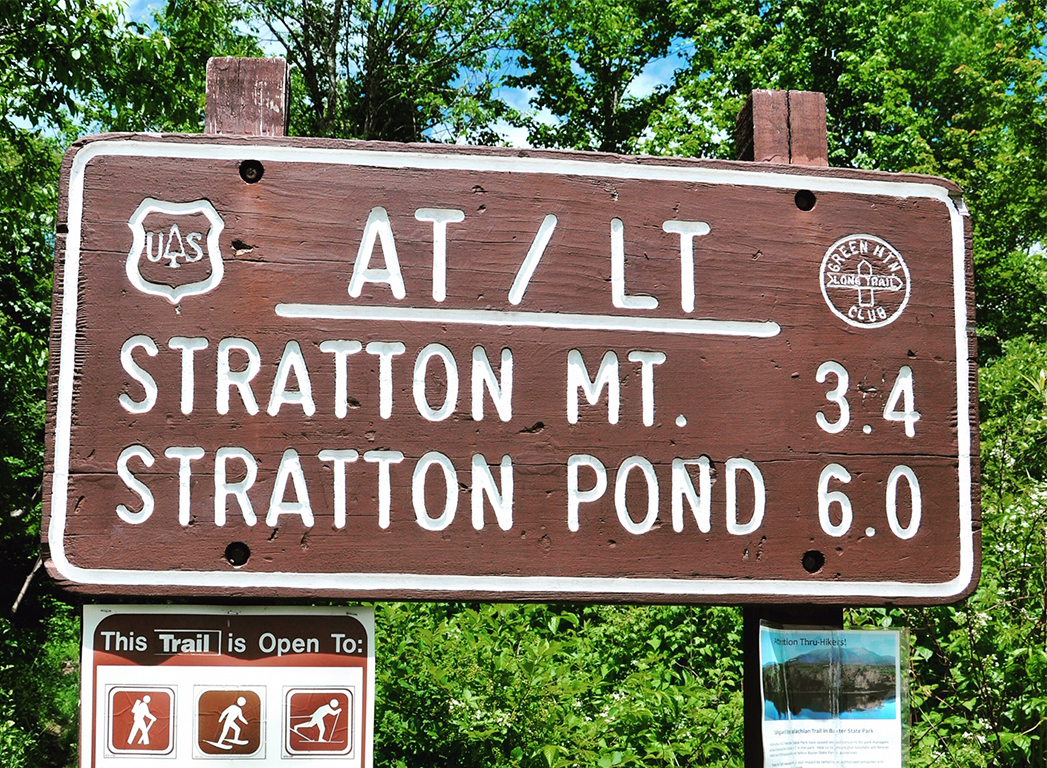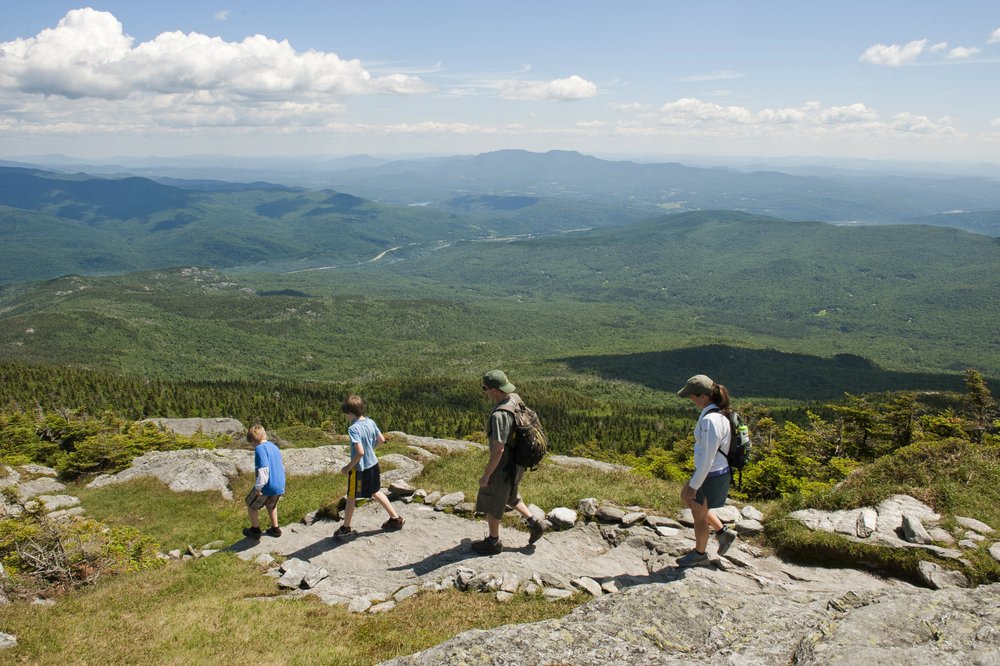
Vermont’s Hiking Season Kicks Off With Some COVID-19 Restrictions
May 22, 2020
Memorial Day Weekend is considered the traditional start of Vermont’s hiking season. That’s still pretty much the case. But in the era of COVID-19, hikers are being asked to remain flexible and take extra precautions to protect public health and the public value of Vermont’s trails.
Many hiking trails are open around the state—from the Silver Lake trail in the Moosalamoo National Recreation Area to Stratton Pond in the Green Mountain National Forest to trails in the Hinesburg Town Forest.
You can find trail openings, closures, and trail descriptions at www.trailfinder.info.
Vermont Hiking COVID 19 Restrictions
Out-of-state visitors are still being asked to self-quarantine for at least 14 days after arriving in Vermont and before engaging in any activities. Backcountry shelters and remote campsites on public lands are closed through June 15. That means campgrounds and backcountry privies in the Green Mountain National Forest are closed, as well as shelters and privies on The Long Trail and Appalachian Trail in Vermont.
“Visitors are asked to stay as local as possible when choosing a site to visit and to pack out everything they bring, especially trash,” said Holly Knox, who helps manage the Green Mountain National Forest, which includes 400,000 acres in central and southern Vermont. “Responsible recreation will help expand access to facilities, services, and other opportunities. Certain services, such as restrooms, may still be unavailable, so visitors are asked to plan accordingly and to remain flexible.”
Trail Hiking Etiquette

The Vermont Department of Forests, Parks, and Recreation advises that if you are heading out hiking, you should adhere to the following COVID-19 trail etiquette
Know where and when to go: It’s best if we don’t all go to the most popular trailheads at the most popular times of the day. Early morning or evening tends to be less crowded. Dispersal is key. You can plan your trip on www.trailfinder.info. If you arrive at a parking lot and it is full, find another trail.
Maintain a physical distance of at least six feet from others: This includes dogs—please leash your dog.
Wear a cloth mask or face covering: Any time you know others may be present, you should have your mask on, even while hiking. Keeping it at the ready is fine if you can quickly and safely pull it up over your nose and mouth, doing this well before you come within six feet of others.
Slow down, step back, and let people know when you’re approaching: Awareness and consideration are key. Everyone should yield to everyone right now, and making some noise as you approach is recommended. A friendly “Hello!” followed by a pause to figure out your next move is the best tactic. If you find yourself coming up behind a slower walker and there are not six feet to pass safely, slow down instead. If somebody is getting too close to you, step back to allow enough space.
Step off the trail when needed: If the trail isn’t wide enough to allow for six feet in passing, step off the trail at a 90-degree angle, being careful not to tread on plants if at all possible. Once you’re six feet off, wait for the approaching group to clear the area before retracing your footsteps. Please do not cut a new trail parallel to the existing track.
Keep single file (even on wide trails): Keep your group single file (this may mean you have to hike more slowly than you want to): do not spread out all over the trail. When you let someone pass, step off to the side and stay put— don’t walk alongside the path. The same goes for when you encounter ice or mud in the trail—stay on the trail and go right through it.
Don’t stand across the trail to chat: it is great to see friends and acquaintances, but stopping on either side of the trail to chat just creates a breath “gauntlet” that others must either pass through or go off-trail to avoid.
Embrace an arrive, play, and leave mentality: Do not gather in groups before or after activities.
Hiking with children: If you are hiking with children, set expectations before getting out of the car. Remind them not to run up to people or dogs, and to cough and sneeze into their elbows while turned away from people. Children older than 2 years in age can and should be encouraged to use cloth masks or face coverings.
If you are going out for an early season hike, remember to:
Plan ahead and prepare. Now is the time to practice extra caution and know the risks of any activity: greenmountainclub.org/plan.
Always let someone know where you will be hiking and when you expect to return.
Carry a map and know which trailhead you need to return to.
Bring a warm extra layer as mountain tops are chilly year-round and Vermont’s weather can quickly change. Be prepared for winter conditions if you are hiking above 2500’ in the near future.
Bring rain gear; even an emergency poncho or garbage bag will help in a pinch.
Use caution when crossing water as levels in streams and rivers may be higher than normal this time of year.
Stay hydrated and bring food for long hikes.
Report blowdowns or other issues on the trail to GMC or the appropriate trail manager.
Whew! Well, that’s all for now. Happy official start to summer! It sure feels nice to be outside.
For more information, visit: https://fpr.vermont.gov/recreation/outdoor-recreation-and-covid-19




No Comments